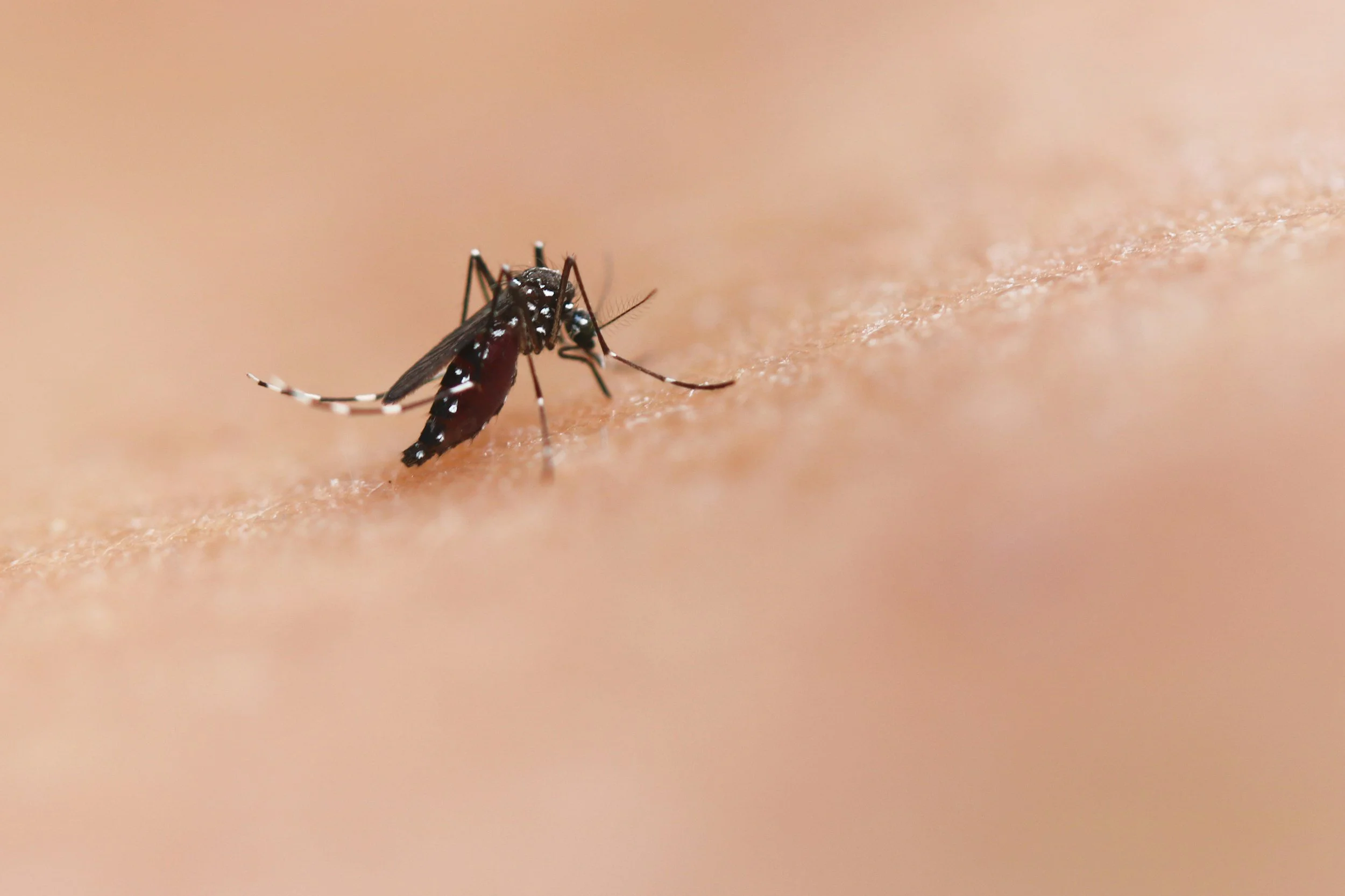Living Longer on a Warming Planet: Health Implications in the Age of Climate Change
Introduction:
As human life expectancy rises, we are also witnessing a parallel and sobering trend: global temperatures are climbing at an unprecedented rate. This convergence — longer lives on a rapidly warming planet — raises urgent questions about the future of human health, healthcare systems, and how we adapt as individuals and societies.
Longevity is one of the greatest triumphs of modern medicine and public health. Yet, in a climate-stressed world, sustaining the health and quality of life of aging populations is becoming increasingly complex.
When I moved to Portland, Oregon, in 2012 for my internal medicine residency, one of my first decisions was to install an air conditioning unit in our home. Coming from Arizona, it seemed like a no-brainer. But many local Oregonians looked at me as though I had grown a third arm—AC just wasn’t considered necessary here.
Fast forward to today, and most of us would agree that air conditioning is no longer a luxury but a necessity, especially for older adults who are more vulnerable to heat strokes and heat-related complications.
This raises important questions: What does it mean to live well into our 80s or 90s if extreme heat, air pollution, and food insecurity become persistent threats? How do we protect our most vulnerable—often the elderly—from the cascading effects of climate change?
Part 1: Climate Change Is a Public Health Emergency
The World Health Organization (WHO) now calls climate change “the single biggest health threat facing humanity.” Rising temperatures are already contributing to increases in:
Heat-related illnesses and deaths, particularly among older adults with cardiovascular or respiratory conditions.
Air pollution–related diseases, such as asthma, chronic obstructive pulmonary disease (COPD), and stroke.
Vector-borne illnesses like dengue, Lyme disease, and West Nile virus, as vectors expand into previously temperate regions.
Mental health issues, exacerbated by natural disasters, displacement, and climate anxiety.
Aging bodies are less able to regulate heat, detoxify air pollutants, and mount immune responses to new infectious agents — making older adults more vulnerable to these growing threats.
Part 2: Infrastructure and Access: Straining the System
Climate change puts increasing stress on the systems we rely on to age well:
Healthcare: Climate-related disasters damage hospitals, disrupt medication supply chains, and overwhelm emergency services. For older adults with chronic illnesses or limited mobility, these disruptions can be life-threatening.
Food: Rising temperatures, droughts, and floods threaten crop yields, leading to food insecurity and malnutrition—particularly harmful for older adults, who may already have limited dietary intake or reduced nutrient absorption.
Housing and Utilities: Many families live in areas at risk for flooding or wildfires, sometimes without fully realizing the danger, while others cannot afford to relocate. Older adults living alone or on fixed incomes may face rising utility costs during heatwaves or reside in poorly insulated homes without air conditioning, putting them at greater risk.
In the U.S. alone, over 12,000 people die annually from heat-related causes — a number projected to rise sharply if greenhouse gas emissions are not curbed (U.S. Global Change Research Program, 2018).
Part 3: The Burden of a Warming World
The health effects of climate change—much like longevity itself—are experienced unequally. Low-income older adults may lack the resources to adapt their homes or relocate to safer areas. Even higher-income older adults are increasingly facing unexpected burdens, such as struggling to secure or afford homeowner’s insurance, as highlighted in The Great Displacement. Climate-driven risks like wildfires, flooding, and extreme storms have made some properties nearly uninsurable, creating financial and emotional stress for aging homeowners. Rural elders, often far from medical care or cooling centers, and individuals in marginalized communities, already facing significant health disparities, experience compounded risks due to environmental injustice. These inequities highlight a moral imperative: ensuring that aging populations are not left behind in climate adaptation policies.
Part 4: Strategies for Resilience and Adaptation
Despite the challenges, there are ways to promote healthy aging on a warming planet:
Climate-Resilient Healthcare: Hospitals and clinics must adopt climate adaptation plans, including backup power, heat-protective infrastructure, and supply chain resilience.
Personal Preparedness: Older adults and caregivers should have plans for heatwaves, wildfires, and flooding — including hydration strategies, cooling centers, and evacuation plans.
Urban Design: Age-friendly, climate-conscious cities with walkable green spaces, shade, cooling stations, and efficient transportation access can mitigate risks and support physical and social well-being.
Preventive Medicine: Emphasizing fitness, hydration, nutrition, and early treatment of heat or pollution-related symptoms is essential.
Public Policy: Policymakers must prioritize elder-specific adaptations — from utility assistance to disaster communication plans that include seniors with sensory or cognitive impairments.
Conclusion: Preparing for the Heat of Tomorrow
As we live longer, we are more likely to experience the cumulative health effects of a warming planet. This isn't a future scenario — it's a present reality for millions. While climate change may feel too vast for any one person to tackle, healthy longevity in this era requires a new model of aging: one that considers resilience not just in biology, but in our environment, communities, and systems.
Let’s ensure that the gift of more years does not come at the cost of our well-being — or that of future generations.
References:
Baird, J. (2023). The great displacement: Climate change and the next American migration. Random House.
Ebi, K. L., & Semenza, J. C. (2008). Community-based adaptation to the health impacts of climate change. American Journal of Preventive Medicine, 35(5), 501–507. https://doi.org/10.1016/j.amepre.2008.08.018
Sheridan, S. C., & Allen, M. J. (2018). Temporal trends in human vulnerability to excessive heat. Environmental Research Letters, 13(4), 043001. https://doi.org/10.1088/1748-9326/aab214
U.S. Global Change Research Program. (2018). Fourth National Climate Assessment, Volume II: Impacts, Risks, and Adaptation in the United States. https://nca2018.globalchange.gov
World Health Organization. (2021). Climate change and health. https://www.who.int/news-room/fact-sheets/detail/climate-change-and-health







